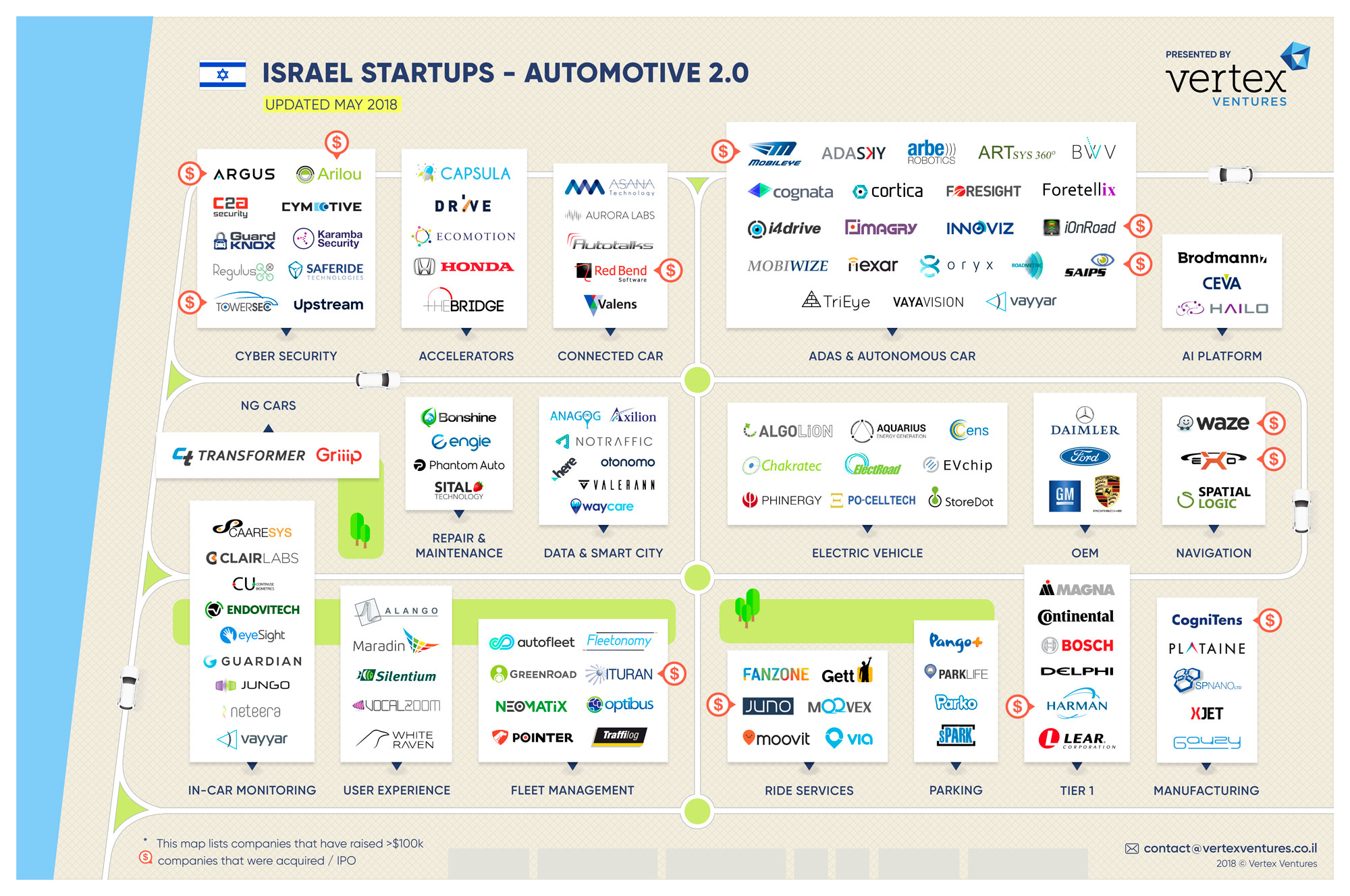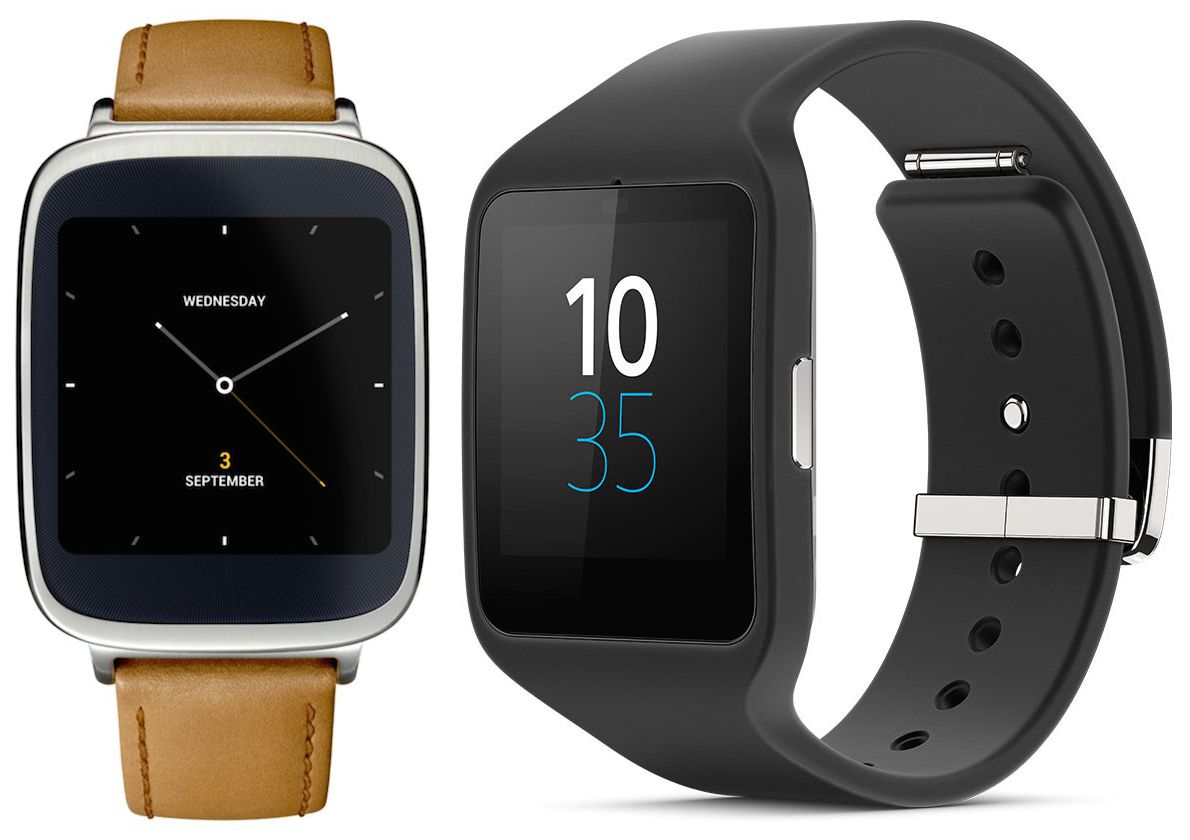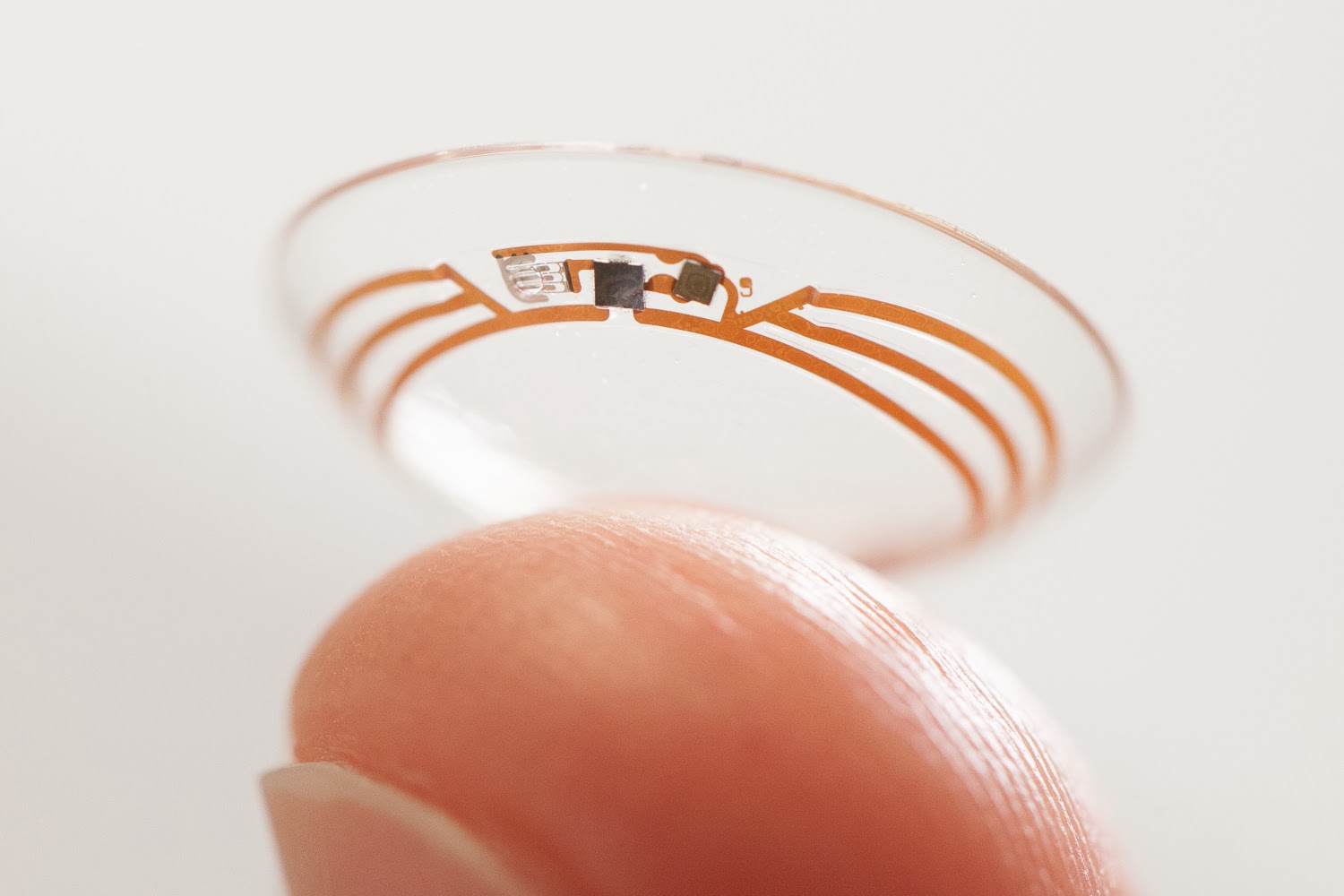Experimenting with NFTs
I'm running some experiments with NFTs, to try out different services, software, and blockchains, to see how they compare when generating NFTs and making them available online. As a first experiment, I've created 15 NFTs on the Ethereum blockchain, using OpenSea. The 15 images comprise 5 self portrait versions in 3 different color schemes (RGB). Here is what they look like on OpenSea: Self Portrait, 1st Series - NFTs on OpenSea To see them on OpenSea, go to Self Portraits, 1st Series. As I'm publishing this, I've only put the first three (#1 in three colors) up for sale. The first is an auction I don't expect to hit the minimum bit price (because I couldn't set it below 1 ETH) and the other two are currently priced at .01 ETH. We'll see what happens with this as I continue to tinker with them, and add more to other blockchains. What are your thoughts on NFTs? Update: I've added Self Portrait, 2nd Series to OpenSea, but these are on the Polygon network. These are similar, but distinct images: Self Portrait, 2nd Series - NFTs on OpenSea To collect the different NFTs I'm going to be experimenting with, I've set up…



